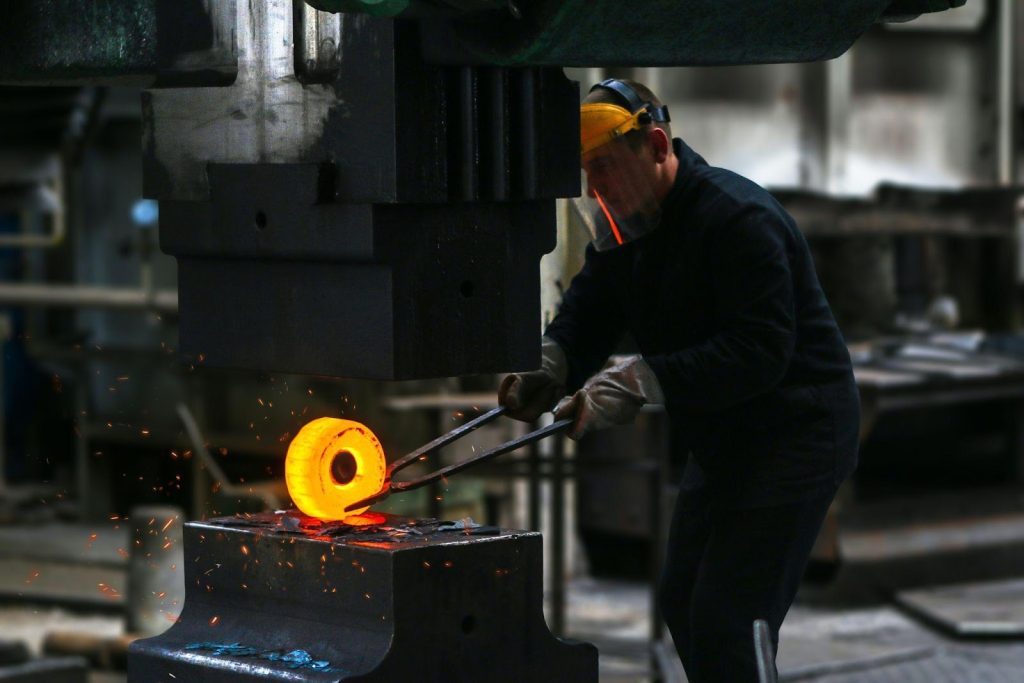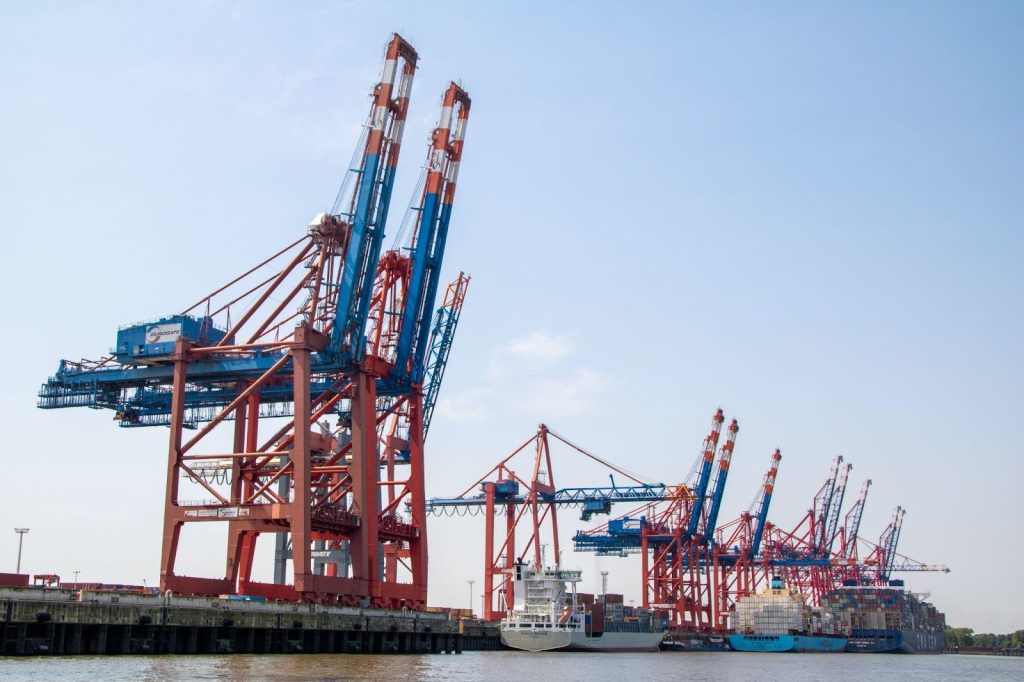
One of India’s most rapidly expanding, in-demand, and resilient industries is the steel sector. The pandemic and conditions surrounding international export and import did cause the sector to fall down for a period but continuous developments are restoring the sector to its former glory.
It becomes clear that the industry is undergoing an evolution as we examine the raw material price trend in India that will shape the steel market in 2023, being influenced by both domestic and international influences. This article provides a thorough analysis of the steel raw material price forecasting in India for the year 2023.
1. Benefits of Advanced Infrastructure
With India’s advancement in its infrastructure, travel networks, smart cities, and pocket-friendly housing, a surge has been seen in its raw material price today. Because of the government’s constant emphasis on growing and expanding infrastructure, there has been a greater hike in steel raw material prices.
Be it in the construction of houses or for transportation purposes, for instance, building rails, etc, steel is the core need. These factors all contribute to a consistent rise in steel raw material prices. In the year 2023, the demand for steel was seen at a huge number of approximately 120 million metric tons which was 6.7% higher than the data in 2021-2022.
2. Steps to Save the Environment
With most people undertaking steps to promote sustainability, steel manufacturers are now adopting methods to reduce their carbon footprint. Steel producers are adopting greener technologies, implementing energy-efficient ways, and trying to reduce emissions.
For reducing emissions, they are applying green technologies and employing renewable energy sources. Implementing circular economy ideas and recycling and reusing steel scrap are both helping to lessen the industry’s environmental impact.
3. Raw Material Fluctuation
Since the steel industry is highly dependent on steel raw materials, iron and coking coal, any fluctuation in its availability impacts steel prices in the country. Changes in the world’s commodities markets, problems with the supply chain, and geopolitical concerns could all cause raw material price forecasting hazy.
Evolution of Industry 4.0 (Effect on raw material prices)
The concept of Industry 4.0 includes integrating artificial intelligence(AI), automation, data analytics, and the Internet of Things (IoT) in various stages of steel production. These developments can increase overall quality while streamlining processes and lowering expenses.
Export and Import Dynamics

India will still be one of the world’s top steel producers in 2023, solidifying its position in the global market. Steel export has been a major source of revenue for India. In 2023, India has significantly increased its global footprint by entering actively in the international markets. However, difficulties like trade conflicts on a global scale, anti-dumping taxes, and regulatory barriers have had some influence on export volumes.
With respect to imports, the Indian government prioritizing the “Make in India” measure to promote self-sufficiency has resulted in boosting domestic production. This strategy has benefits and drawbacks because it supports domestic producers but could result in supply shortages for some types of steel.
6. Development of Specialty and Value-added Steel
The evolution of the Indian economy has caused a major shift toward the manufacture of specialty and value-added steel. In addition to meeting the needs of particular industries, this diversification has enhanced the value of the steel market and established Indian manufacturers as trusted producers of specialized steel goods on a worldwide scale. This variety comprises steel for the defense and aerospace sectors, electrical steel, and high-strength steel.
7. Taking New Projects and Capacity Expansion
Various steel manufacturers in India have undertaken capacity expansion projects and made modernizing efforts this year with a positive impact on raw material price today. This covers the steelmaking facilities, new blast furnaces, and rolling mills. The industry’s belief in the potential of the home market and dedication to satisfying rising demand can be seen in the development of current facilities and the creation of new ones.
Wrapping up
The Indian steel market underwent a number of noteworthy changes, difficulties, and developments in 2023. However, the industry is well-positioned to continue its dominant position on the international stage with a focus on sustainable practices, technical innovation, and strategic market expansion. Its success in fulfilling the demands of a competitive global marketplace will depend on its capacity to strike a balance between innovation, sustainability, and strategic decision-making as it continues to develop.
Disclaimer
While every attempt has been made to ensure that the information contained in this newsletter has been obtained from reliable sources, CostMasters will not responsible for any errors or omissions, or for the results obtained from the use of this information. Given the data collected from public domains there may be omissions or inaccuracies in information. All information in this site is provided “as is”, with no guarantee of completeness, accuracy, timeliness or of the results obtained from the use of this information. In no event will CostMasters, its related partners or employees thereof be liable for any decision made or action taken in respect to information published herewith.
